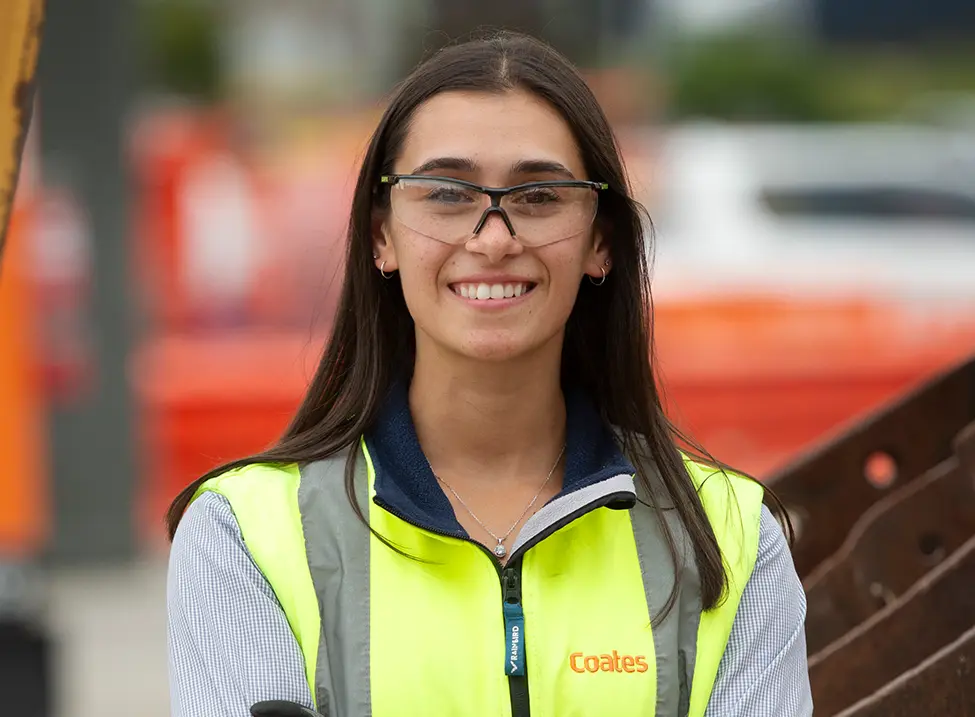Our site is undergoing maintenance - we apologise for any disruptions you may experience. To hire equipment, call us on 13 15 52.
Equipment hire
Air Compressors and Air Tools Concrete and Masonry Earthmoving Equipment Elevated Work Platforms Forklifts and Telehandlers Generators and Power Distribution Heating, Ventilation, and Air Conditioning Ladders and Scaffold Landscaping Lift, Shift, and Materials Handling View all Lift, Shift, and Materials Handling productsCable HandlingChain BlocksChain SlingsConveyorsCranes and Crane AccessoriesGatic Lifters and Block GrabsGirder Clamps, Trolleys, & GantriesHoists and Panel LiftersHydraulic Cylinder PumpsHydraulic Cylinders < 51THydraulic Cylinders >= 51TLifting ChainsLoad Skates & Trolley JacksPlate Clamps & Plate GrabsRound Slings <= 2TRound Slings >= 10TRound Slings 3 - 4TRound Slings 5 - 8TSandbag FillersShacklesSoft SlingsTirfor Winches and CumalongsTrolleys, Pallet Jacks, and BarrowsWheelie Bin TippersWire Slings <= 4TWire Slings > 4T
Lighting Measurement Equipment Mine Spec Equipment Pipe Testing Plate Compactors and Rammers Pumps and Accessories View all Pumps and Accessories productsContractor Dewatering Pumps 100mmContractor Dewatering Pumps 150-200mmContractor Dewatering Pumps 250-300mmDiaphragm PumpsDischarge HoseFire Fighting PumpsFlow MetersHigh Head PumpsPump TelemetrySubmersible and Flexdrive PumpsSuction HoseTrash PumpsTruck Filling Stations and Stand Pipes
Rollers Safety Equipment Shoring Site Accommodation, Toilets & Storage View all Site Accommodation, Toilets & Storage productsAblution BlocksContainers & Storage BoxesFirst Aid RoomsPortable Building AccessoriesPortable Building ShellsPortable ToiletsShower BlocksTicket Offices, Commentary Booths, Serveries and GatehousesToilet BlocksTrailer Mounted AccommodationWaste Tanks & accessories & Cool Rooms
Small Tools and Equipment Structural Propping Surface and Floor Preparation Traffic Management Trailers Trucks and Vehicles Water Tanks, Fuel Tanks, and Fuel Trailers Water Treatment Welding Industries
About us
Join our team Board of Directors Executive Leadership Team Sustainability Coates Foundation Safety SGH Annual Report Find a branch

Oh no! Service not available
Please try again or refresh the page
Categories
Which produces the cleaner cut, a plasma cutter or an oxy torch?
Can I cut stainless and aluminium using an oxy acetylene kit?
Do I need a power source to use a plasma cutter?
Equipment & solutions
Customer support
Equipment & solutions
keyboard_arrow_down
Customer support
keyboard_arrow_down
About us
keyboard_arrow_down
News
keyboard_arrow_down









